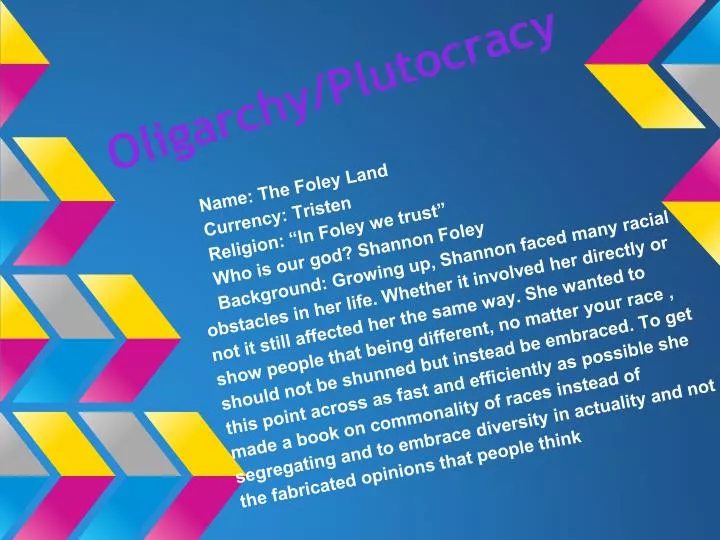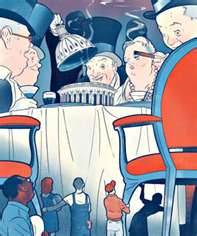
At the same time, with a creativity that would amaze us, they looked far into alternative futures to imagine ways of escaping a fate their overlords insisted was both right and inevitable, envisioning worlds that seemed far more inviting to everyone but the plutocrats.

There they were able to find the moral, intellectual, and even organizational wherewithal to defy the prevailing capitalist order of things. As he famously observed, “The past is not dead it is not even past.” Those confronted by the iniquities and inequities that ran rampant in the first Gilded Age stood up to exploitation and oppression by reaching into their varied pasts. How did they manage that? Novelist William Faulkner viewed the past differently than Pinter. We can hardly say the same about our more recent past. Instead, they imagined new, more civilized ways of living together and then took to the streets in staggering numbers and with remarkable persistence, even in the face of the armed power of corporations and the state, to make their points felt. Masses of our ancestors refused to accept that tooth-and-claw capitalism was their fate and that they should submit to it without a whimper of protest. They managed to mount a kind of sustained economic, political, and cultural resistance to plutocratic rule that is simply unimaginable today. What is strikingly different, however, is the way Americans of the nineteenth century reacted to all of this.

True, there are some striking similarities between the two moments, including the rise to power of crony capitalism, the staggering growth of inequality, the exiling of democracy, and the spread of Darwinian rationales to justify and camouflage the embedding of plutocracy at the heights of our world. How apt that seems when one compares life in our own “second Gilded Age” to the way things were done in the original Gilded Age of a century ago. They do things differently there.” So wrote British playwright Harold Pinter. Today, while I’m on vacation, Fraser himself introduces an excerpt I’ve specially chosen (and slightly adapted) from The Age of Acquiescence on the particular inequalities of the first Gilded Age and how they drove Americans in staggering numbers into passionate debate, into organizing themselves, and into the streets of our land. Just check out our donation page for the details. (Occupy Wall Street being the exception that proves the rule.) For a contribution of $100 (or more) to TomDispatch - crucial money for our wellbeing - you can get a personalized, signed copy of this special history for our moment. Maura Casey in the Washington Post calls the book “ a rich tapestry of history, statistics, and barely suppressed outrage to demonstrate how unusual the current, sheep-like acceptance of financial disparities is compared with the rabble-rousing opposition to the rise of corporations between the Civil War and the Depression years.” As Jon Weiner writes in the Los Angeles Times, Fraser is “particularly passionate and penetrating in his analysis of our present state of submission and surrender” to our new financial elite, our 1% elections, and a rigged world. It’s a history of our two Gilded Ages, the nineteenth-century one and our present era of soaring inequality, and how differently Americans reacted to each of those long plutocratic moments.

[ Note for TomDispatch Readers: Today, we have a remarkable book to offer you: TomDispatch regular Steve Fraser’s The Age of Acquiescence: The Life and Death of American Resistance to Organized Wealth and Power.


 0 kommentar(er)
0 kommentar(er)
